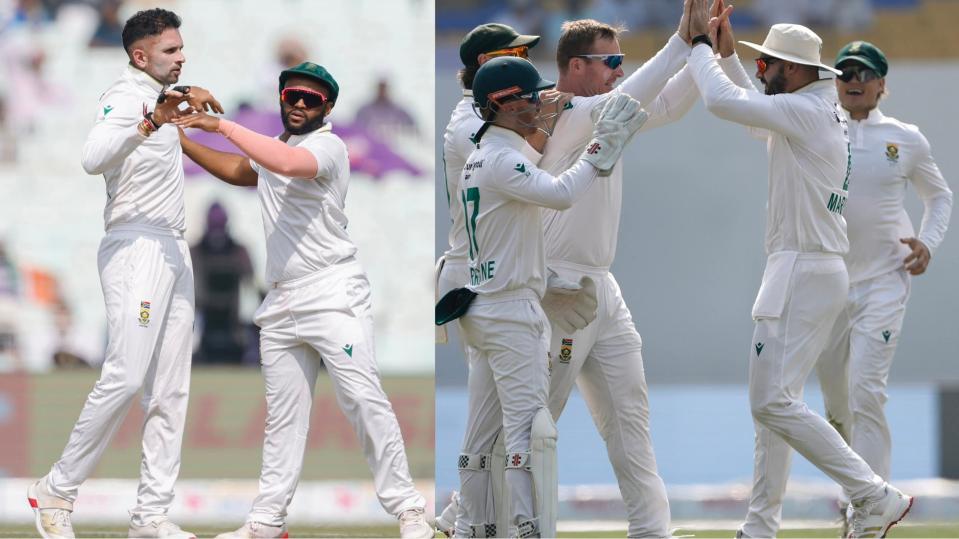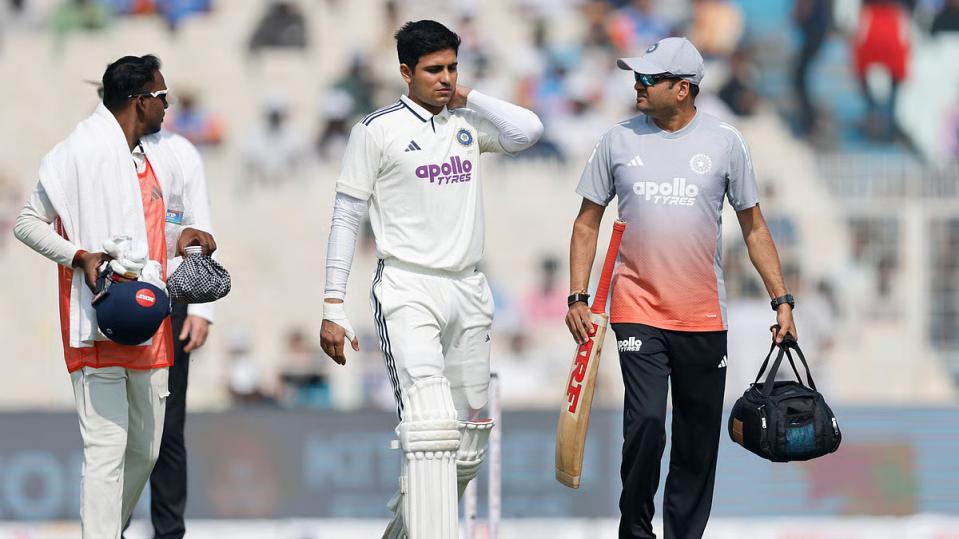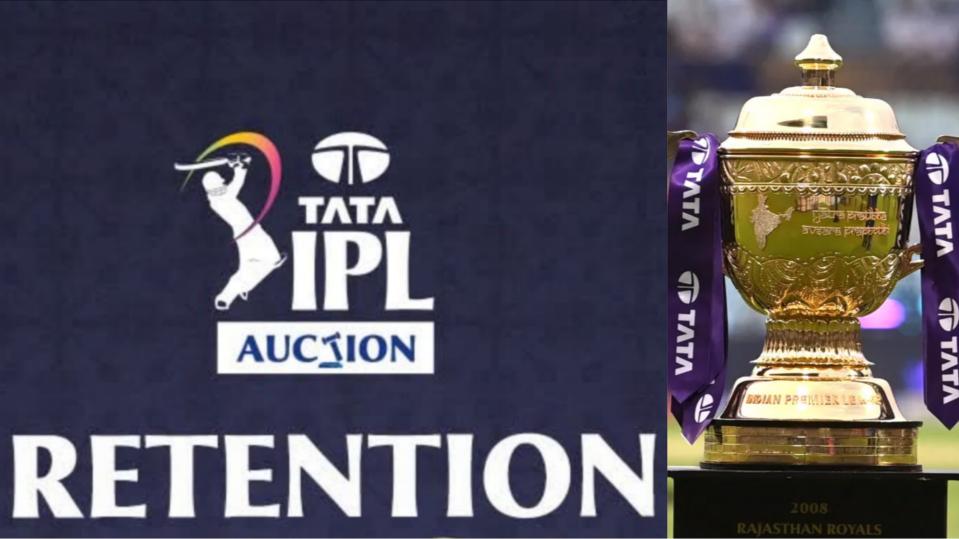IND vs WI 2025: The opening Test in Ahmedabad showed how one-sided the contest was right from the first session. The West Indies walked into the Narendra Modi Stadium with quiet optimism, but Shubman Gill’s team crushed that hope quickly. India’s innings displayed complete control and confidence. Every partnership pushed the game further away from the visitors. When India declared at 448 for five, they had already taken full command of the match. The West Indies, despite a few moments of resistance, crumbled under pressure. They managed only 162 in the first innings while batting first. In the second, they collapsed for 146. India’s bowlers delivered sharp spells and kept steady discipline to end the game with ease.
India’s victory by an innings and 140 runs put them 1–0 ahead in the two-Test series, but the contest made many people question its balance. Former opener Aakash Chopra raised a strong point soon after. Speaking on his YouTube channel, he asked why the Board of Control for Cricket in India avoided hosting pink-ball Tests against the West Indies. He said such matches could create more competition and interest. Chopra pointed out that India play pink-ball Tests abroad, especially in Adelaide during the Border-Gavaskar Trophy, so there is no reason to avoid them at home. He felt the change would make matches more competitive and give Indian players valuable experience with the pink ball under home conditions.
"Why don't we play pink-ball Test matches? When we go to play the Border-Gavaskar Trophy, we play a pink-ball Test match. We play in Adelaide and lose there. We play because Australia get a lot of revenue from that. However, we play one Test in two or three years. Why do we play?" Chopra said on his YouTube channel.
"Either don't play there, or if you are playing there, play here too. Both Test matches should have been played with the pink ball because there is no excitement, competition, contest, or skill level. At least the opposing team might become slightly competitive. Our players might be challenged a little more," he added.
The Pink-Ball Puzzle and India’s Reluctance
India avoid hosting day-night Tests for reasons that go beyond scheduling. Officials from the BCCI say pink-ball Tests in Indian conditions often finish too early, sometimes within two or three days. BCCI secretary Jay Shah said fans who buy tickets for a full five-day game feel disappointed when the match ends much sooner. Shorter matches hurt broadcasters and venue organisers, who depend on longer games for better returns.
The conditions add another challenge. Heavy evening dew during winter changes the nature of the contest completely. Bowlers, especially spinners, lose control as the ball gets wet and harder to grip. The pink SG ball, unlike the Kookaburra used in Australia, softens quickly and loses its shine. It stops swinging in reverse, which removes one of India’s biggest strengths at home. Players also struggle because they have little experience with the pink ball. That lack of familiarity makes them uneasy about trying new conditions.
Chopra’s argument makes sense from a competitive angle, but the BCCI have their reasons based on practical, ethical, and financial issues. Until they sort out those concerns, India will continue to play pink-ball Tests rarely rather than regularly.





